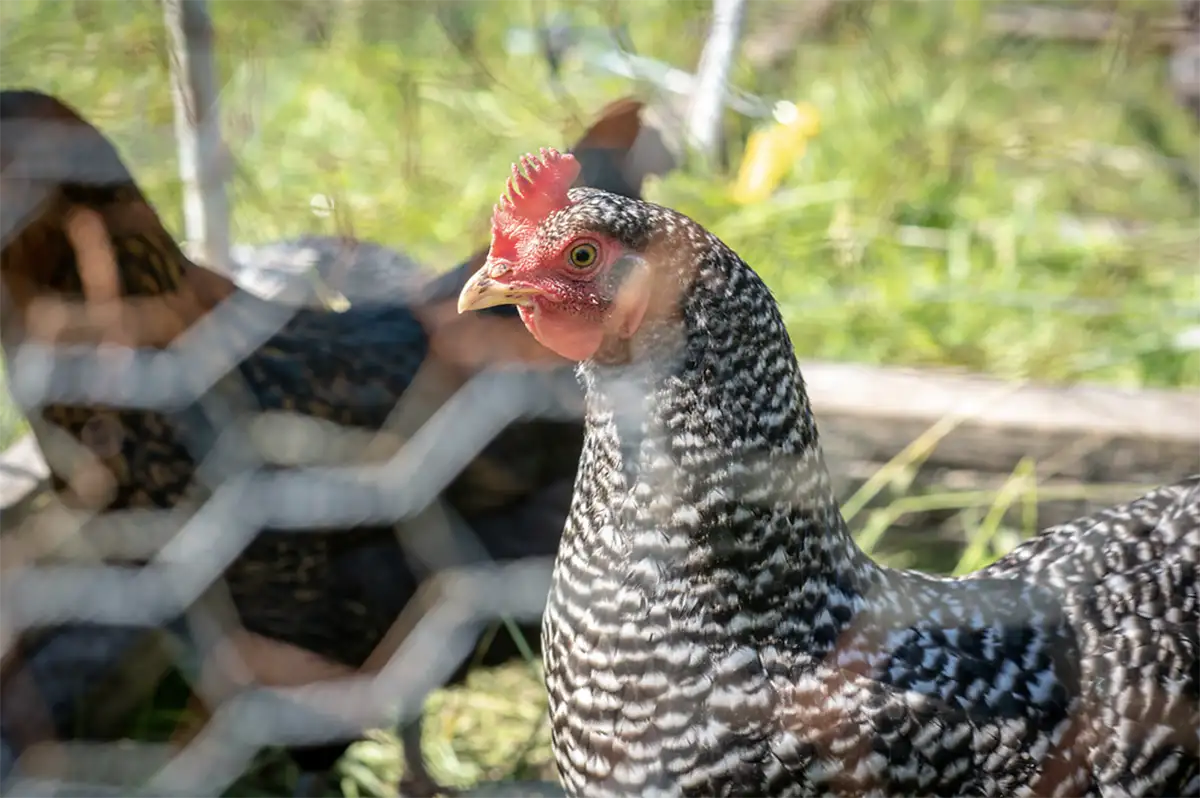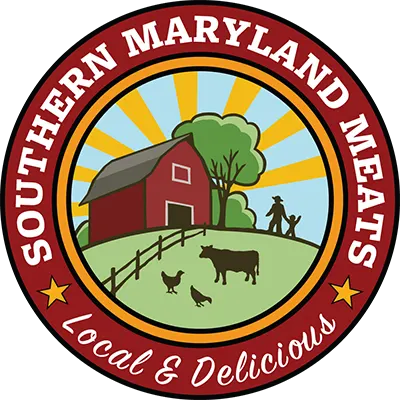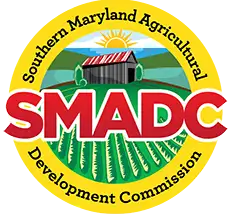Southern Maryland Meats Full Standards
Participation in Southern Maryland Meats (SMM) program is voluntary. Farmers in SMM must agree to the following general standards when marketing their meats through the SMM program and are eligible to use the SMM logo and promotional materials.
Meats for retail sale to stores, restaurants and farmers’ markets are slaughtered and processed at USDA-inspected facilities and compliant with DHMH On-Farm Processor license requirements.
Poultry and Rabbits for retail sale to stores, restaurants and farmers’ markets are slaughtered and processed at farms certified and licensed by Maryland Department of Agriculture for On-Farm Poultry/Rabbit Processing.
Southern Maryland Meats participants agree to uphold the following standards:
ALL SPECIES
If a feeder animal is finished in Southern MD AND is finished and processed according to the Southern MD Meats guidelines, it can be accepted under the Southern MD Meats label.
Humane treatment: Animals in the Southern Maryland Meats program are humanely raised on Southern Maryland family farms. The animals are able to express normal behaviors and live in an appropriate and comfortable environment that includes sufficient space with appropriate access to the outdoors and pasture. Animals have proper facilities with clean and sufficient food and water, shelter, a resting area, and company of their own kind. Animals have a healthy life, benefiting from disease and injury prevention and rapid diagnoses and treatment. Farm owners have a good working knowledge of their system and the animals in their care. Southern Maryland Meats animals are also humanely transported and slaughtered. Feed containing mammalian-derived protein sources is not permitted, with the exception of milk and milk-derived products.
Consistent labeling: Correct use of the terms “grass-fed”, “grass-finished”, “corn-fed”, corn-finished” in product labeling (See Glossary of Terms).
Strict standards: No antibiotics administered unless medically necessary. No growth implants.
CATTLE
Internal Standards:
- Less than 30 months of age (for both grain or grass-fed animals)
- Dry-aged only (no wet-aged)
- Sick animals should be separated to avoid transmission to healthy animals and either treated or culled
- Withdraw time limitations for any medications should be strictly followed
- Females must not have been used for breeding or be in calf at time of slaughter
External Standards/Marketing:
- Correct use of the phrases “naturally raised,” “grass-fed,” “grass-finished,” “grain-fed,” and “grain-finished” See Glossary of Terms
- If the animal has never received antibiotics, can label “antibiotic-free”
HOGS
Internal Standards:
- Maximum of 8 months of age, 220-300 pounds
- Sick animals should be separated to avoid transmission to healthy animals and either treated or culled
- Withdraw time limitations for any medications should be strictly followed
External Standards/Marketing:
- Correct use of the phrases “naturally raised,” “grass-fed,” “grass-finished,” “grain-fed,” and “grain-finished” See Glossary of Terms
- If the animal has never received antibiotics, can label “antibiotic-free”
SHEEP
Internal Standards:
- Lamb: Less than one year of age, minimum weight of 80-140 pounds, does not have permanent incisors
- Mutton: over one year of age
- Sick animals should be separated to avoid transmission to healthy animals and either treated or culled
- Withdraw time limitations for any medications should be strictly followed
External Standards/Marketing:
- Pasture raised and/or grain finished
- Farmers decide how to label their product since the animals require both pasture and grain
- “Naturally-raised” is the most accurate label for lamb products
- If the animal has never received antibiotics, can label “antibiotic-free”
GOATS
Internal Standards:
- Goat/Chevon: Less than one year of age. Weight 50-110 pounds
- Cabrito: goat kids slaughtered at 1-3 months of age, weighing less than 50 pounds
- Sick animals should be separated to avoid transmission to healthy animals and either treated or culled
- Withdraw time limitations should be strictly followed (For example: During the treatment of coccidia, an animal should NOT be harvested while ingesting amprolium or within 48 hours after treatment has ended.)
External Standards/Marketing:
- A combination of pasture and grain
- Farmers decide how to label their products since the animals require both pasture and grain
- “Naturally-raised” is the most accurate label for lamb products
- If the animal has never received antibiotics, can label “antibiotic-free”
POULTRY (Chicken & Guinea Hens)
Internal Standards:
- All poultry raised and marketed within industry standards
- 4-12 weeks of age, depending on the body weight desired
- No sick animals slaughtered for human consumption
External Standards/Marketing:
- Farmers decide how to label their product since the animals can eat both pasture and grain
- If the animal has never received antibiotics, can label “antibiotic-free”
POULTRY (Turkeys)
Internal Standards:
- All poultry raised and marketed within industry standards
- Under 6 months of age
- No sick animals slaughtered for human consumption
External Standards/Marketing:
- Farmers decide how to label their product since the animals can eat both pasture and grain
- If the animal has never received antibiotics, can label “antibiotic-free”
RABBIT
Internal Standards:
- No older than 11 weeks
- Sick animals must be separated from healthy animals and cannot be marketed
- No sick animals slaughtered for human consumption
External Standards/Marketing:
- No supplemental growth hormones
- Farmers decide how to label their product since the animals can eat both pasture and grain
- If the animal has never received antibiotics, can label “antibiotic-free”




